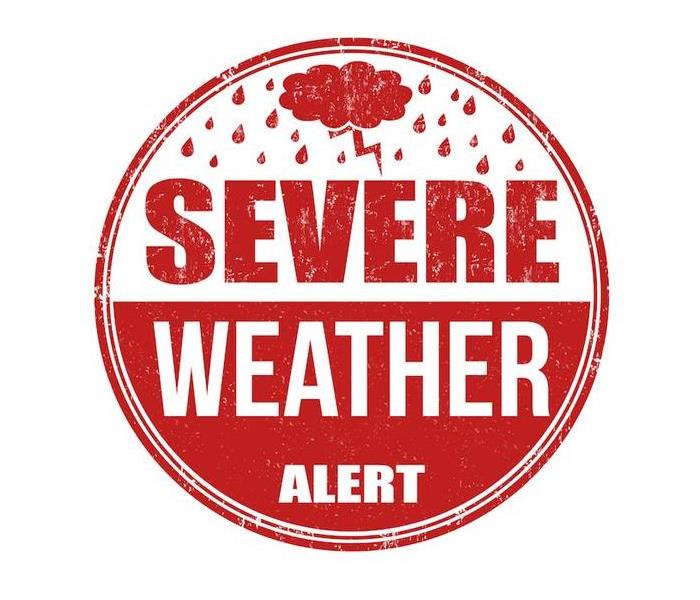Knowing Your Storm Alerts Could Save You From Disaster | SERVPRO® of Van Nuys South
7/14/2022 (Permalink)
In our country, there are 42 different kinds of weather alerts that are used for various events across seven categories. During a storm, you won’t have much time to read through paragraphs about what each alert means because you’re preparing for what could be a dangerous storm.
By knowing what a warning, watch or advisory means for each event, you can be more prepared for the damage that they might cause. In addition to understanding the alert system, there are steps you can take to keep your home safer from damage as well.
While everyone should have knowledge of all kinds of weather, it’s most important to learn about the events we commonly see here in Van Nuys.
Do you know how weather alerts are issued and planned? Well, the process is complex and affected by multiple factors. Weather forecasts make a prediction, but the severity, location and size of the storm require a lot of data to understand.
The National Weather Service is the main organization responsible for forecasting, collecting data, and issuing warnings. They have split the country into six categories, each with its own headquarters, along with hundreds of local offices. In the San Fernando Valley region, we fall under the Western Regional headquarters, which gives us highly specified alerts year-round.
The NWS has many employees, including meteorologists and astronomers who collect data and formulate forecasts for the country. They use information from satellites, seismic meters and even the sun’s activity to create the most accurate predictions possible.
A “watch” and a “warning” are the most basic kinds of alerts, and everyone should know what they mean. These terms are used during nearly all weather events, including floods, thunderstorms and winter storms.
A watch is an indicator that storms in the area could potentially become dangerous and threaten your area. These are usually issued for large areas, as the goal is to get everyone aware of the possible danger.
Warnings are used when danger is coming fast, and these are typically relegated to a small area like a single city or county. When a warning is issued, you should take steps to be safer by following your local officials.
Besides knowing your various kinds of alerts, it’s important to recognize the weather that we see frequently to better prepare for the damage. We don’t see much rainfall annually, with only 22 inches on average, but this means that our infrastructure is not set up to handle these problems.
Even though the level of rain we see is below national averages, it’s important to be prepared because you never know when a dangerous storm might strike.
Besides knowing your emergency alerts, you can make efforts to prepare your home and mitigate potential damage to your property from weather events.
Clearing your gutters and securing your outdoor furniture is a great place to start. Outdoor furniture is often lifted up by powerful winds and then thrown into the home’s walls, roof or windows.
When the storm is gone, you should take plenty of photos or videos of the damage that your home has suffered. Afterward, give us at SERVPRO of Van Nuys South a call. We’re always ready to jump into action and help you get back on your feet.
Learn the weather most common in our area, and pay attention to weather alerts so you can be prepared for the dangers ahead.
Experienced storm damage to your home or property? Contact us today for a quick response!





 24/7 Emergency Service
24/7 Emergency Service
